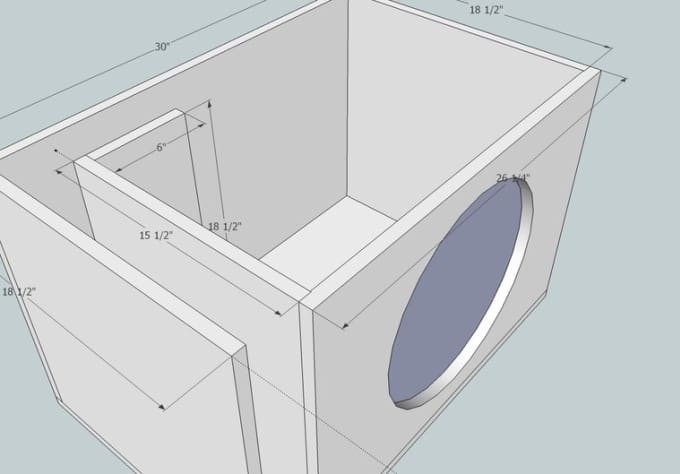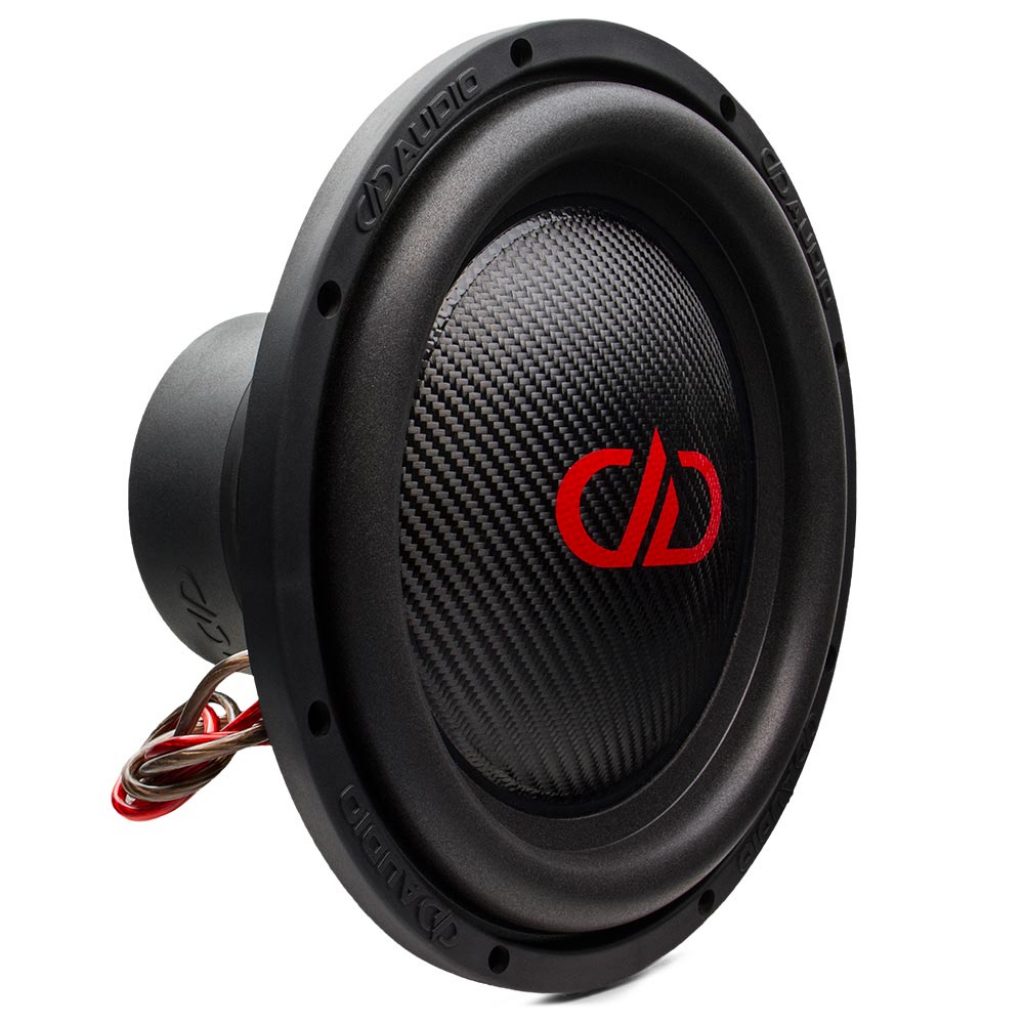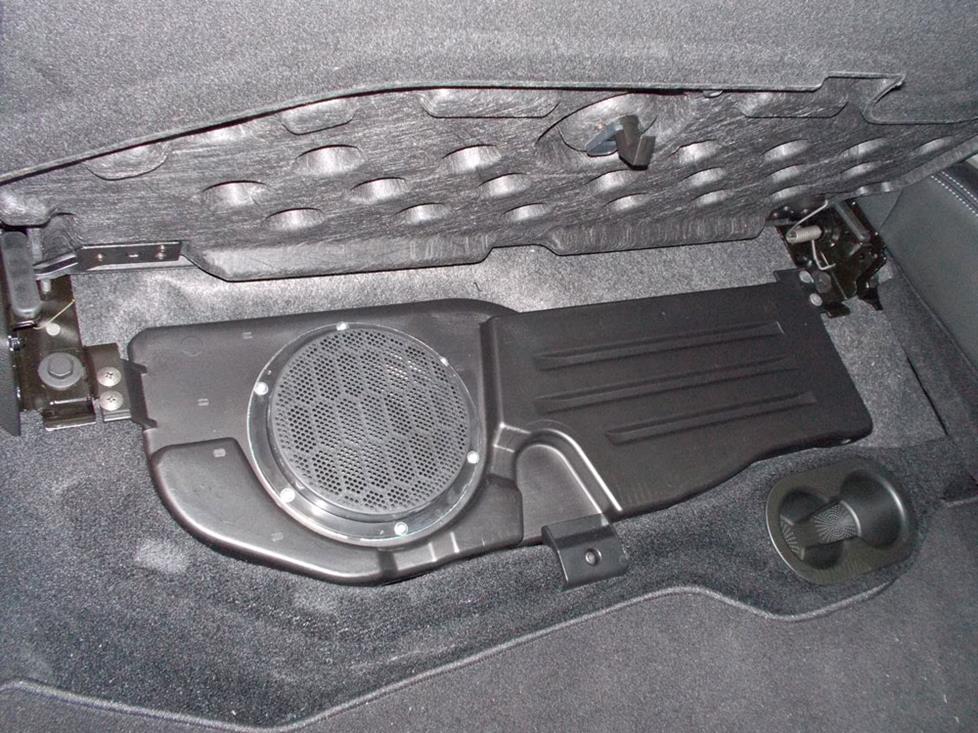



ADD - Add A and B and store the result in C.SAVEC mem - Save register C to memory address.SAVEB mem - Save register B to memory address.CONB con - Load a constant value into register B.LOADB mem - Load register B from memory address.LOADA mem - Load register A from memory address.This is how the microprocessor loads and executes the entire operating system. The boot sector program will tell the microprocessor to fetch something else from the hard disk into RAM, which the microprocessor then executes, and so on. The microprocessor then begins executing the boot sector's instructions from RAM. This boot sector is another small program, and the BIOS stores it in RAM after reading it off the disk. The BIOS instructions do things like test the hardware in the machine, and then it goes to the hard disk to fetch the boot sector (see How Hard Disks Work for details). When the microprocessor starts, it begins executing instructions it finds in the BIOS.

On a PC, the ROM is called the BIOS (Basic Input/Output System). That is why the computer needs ROM.īy the way, nearly all computers contain some amount of ROM (it is possible to create a simple computer that contains no RAM - many microcontrollers do this by placing a handful of RAM bytes on the processor chip itself - but generally impossible to create one that contains no ROM). One problem with today's RAM chips is that they forget everything once the power goes off. RAM contains bytes of information, and the microprocessor can read or write to those bytes depending on whether the RD or WR line is signaled.
#RAM DESIGNS SUB BOXES PC#
AMD competes with Intel in the PC processor market, but also does big business in graphics processor chips that are popular with PC gamers. While Intel still has a large portion of the market, it has more than its fair share of competitors. Celeron is aimed at entry-level computer users, and Atom processors are better for mobile devices and devices that are part of the Internet of Things. In addition, Intel offers the Celeron and Atom processor lines. As of this writing, the company still makes Pentium and Core CPUs for computers, but higher-performance PCs and servers may use the Xeon chip. Intel's product range has widened substantially from the 1970s.
#RAM DESIGNS SUB BOXES CODE#
An Intel Core i9 processor can have up to eight cores, each of which can execute any piece of code that ran on the original 8088, only about 6,700 times faster! Each core can handle multiple threads of instructions, allowing the computer to manage tasks more efficiently.


 0 kommentar(er)
0 kommentar(er)
